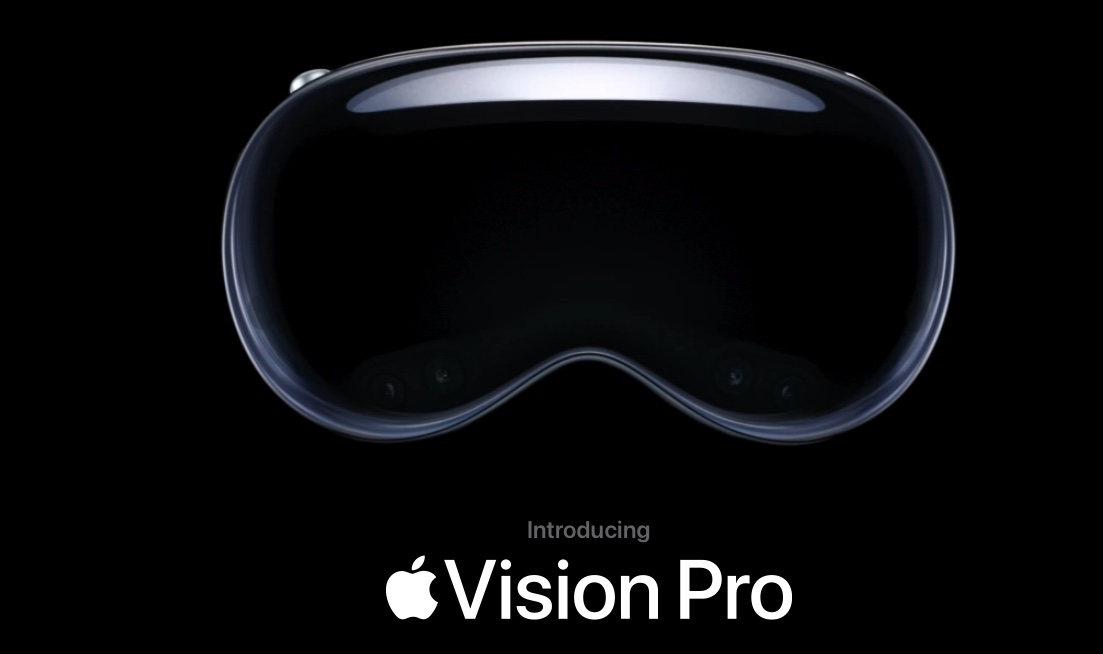Is the world of virtual reality porn about to get a major upgrade? Well, the jury remains out on that for now as we aren’t entirely sure on compatibility, but the future is certainly bright, detailed, and super high-res for the world of virtual reality in general. And that’s because of the latest Apple Vision Pro Headset launch.
It’s a beast. Pricey, but a magnificent beast.
Let’s get into it.
Apple’s Vision Pro AR/VR Headset
First and foremost, understand, the Apple Vision Pro headset supports not only VR, but AR. And that’s an important distiction. The AR aspect allows you to merge your actual space with your digital content. I think we can all see the downsides to this given we’re already enslaved to our devices, but its impossible not to recognize the groundbreaking technology.
You’ll navigate with your eyes, hands, voice. This means you don’t have to use your hands. Which means you can utilize your hands in other ways.
Before we dive too deep, and as you may already understand, the Apple Vision Pro headset is super expensive. It’s $3,500 out of the gates. It’s launch is set for 2024 pending no delays.
Before you criticize the price tag, understand, Apple decided to put out the most sophisticated version of virtual reality headset they possibly could and that came with a price. Clearly, the free market will inspire upgrades to other headsets, encourage competition, and drive down prices. We’re confident Apple understands this. But why delay groundbreaking technology due to pricing?
In terms of competition, this thing completely blows away Oculus and the others.
Here’s an example of Apple Vision Pro using Markup.
Markup on Apple Vision Pro #AppleVisionPro #visionOS #WWDC23 #SpatialComputing #AR #VR #MR pic.twitter.com/pzbuM1VSdh
— Ben Geskin (@BenGeskin) June 6, 2023
Let’s break down the specs:
- Displays: The Vision Pro headset has two 4K displays with a combined resolution of 23 million pixels. This provides a high-quality, immersive viewing experience.
- M2 chip: The Vision Pro headset is powered by the M2 chip, which is Apple’s latest and most powerful chip. This chip provides the performance and efficiency needed to run demanding AR and VR applications.
- R1 chip: The R1 chip is a new chip that is specifically designed for use in AR and VR headsets. This chip handles sensor input, streaming images to the displays, and other tasks that are essential for a smooth and responsive AR and VR experience.
- Field of view: The Vision Pro headset has a field of view of up to 100 degrees. This is wider than the field of view of most other AR and VR headsets, which provides a more immersive experience.
- Cameras: The Vision Pro headset has 12 cameras that track the user’s head, eyes, and hands. This allows the headset to track the user’s movements and provide a more realistic AR and VR experience.
- Spatial Audio: The Vision Pro headset supports Spatial Audio, which provides immersive audio that surrounds the user. This makes it feel like the sound is coming from all around you, which enhances the AR and VR experience.
- Battery life: The Vision Pro headset has a battery life of up to 3 hours. This is enough for most users to get a full day’s use out of the headset.
- App and game support: The Vision Pro headset will support a wide range of apps and games. This includes both first-party apps and games from third-party developers.
The Apple Vision Pro is certain to change the AR/VR game even if it’s opening price tag is too high for most people. As competition increases, prices will drop and this new technology will find its way into more households.
Oh, and did anyone notice that Apple never mentioned “metaverse” in their launch, nor do they speak of it in their marketing? It appears the metaverse, for now, has died.
